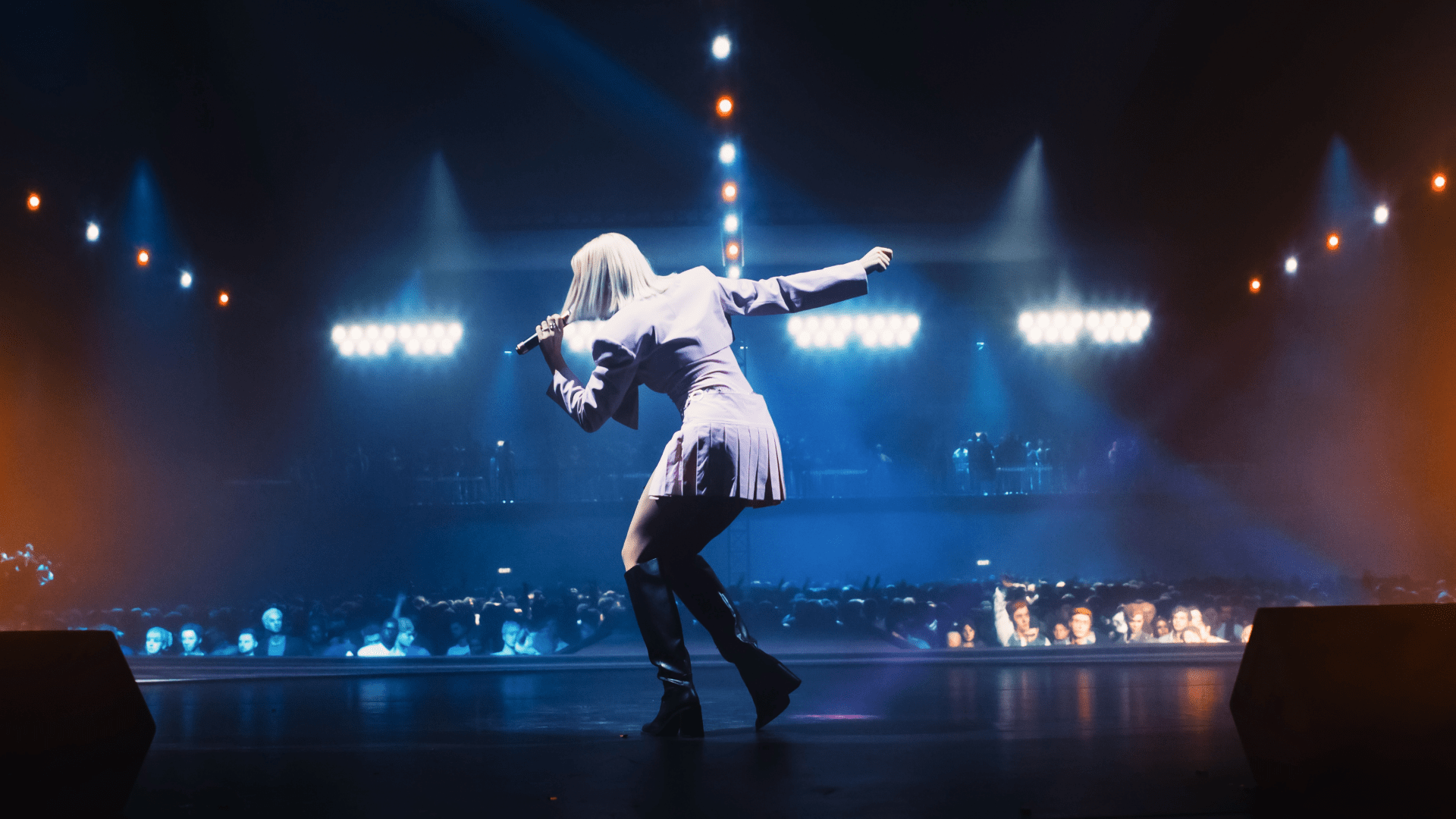Stage presence, often described as the magnetic energy that performers radiate on stage, goes beyond mere technical skill—it’s the soul of a live performance. This blog post delves into the intricate nuances of developing stage presence, exploring how artists can forge a profound connection with the audience, convey authenticity, and create indelible memories through their performances.
Authenticity: The Heartbeat of Stage Presence
At the core of compelling stage presence lies authenticity. Genuine connection with the audience stems from a performer’s ability to be true to themselves. Whether it’s the raw vulnerability of a singer-songwriter or the charismatic energy of a band, authenticity is the key to resonating with the audience on a deep and meaningful level.
Engaging with the Audience
Stage presence is a dynamic interaction between the performer and the audience. Engaging the crowd goes beyond delivering flawless notes; it involves eye contact, acknowledging applause, and even subtle gestures that bridge the gap between the stage and the audience. Establishing this connection transforms a performance into a shared experience, where both artist and audience become active participants in the magic of live music.
Confidence and Charisma
Confidence is the cornerstone of stage presence. It’s not about being larger than life but about exuding a quiet assurance that draws the audience into the performer’s world. Coupled with charisma—a magnetic charm that captivates the audience—confidence forms the foundation for a stage presence that commands attention and leaves an enduring impression.
Body Language and Movement
The body is a powerful tool for expression on stage. Understanding how to use body language and movement enhances stage presence. Whether it’s the subtle sway of a jazz musician, the energetic jumps of a rock guitarist, or the graceful movements of a dancer, deliberate and authentic physical expression elevates the performance and communicates emotions in a way that transcends the auditory experience.
Connection through Storytelling
Beyond the music itself, stage presence involves storytelling. Whether narrating personal anecdotes, sharing the inspiration behind a song, or creating a thematic journey through the setlist, effective storytelling connects the audience to the narrative of the performance. This connection deepens the impact of the music, making it a shared narrative between artist and audience.
Adaptability and Presence of Mind
Unpredictable moments are part of live performances, and stage presence is showcased in how performers handle unexpected situations. Whether it’s a technical glitch, a missed cue, or an impromptu interaction with the audience, the ability to adapt and maintain a strong stage presence demonstrates professionalism and resilience.
Creating Memorable Moments
Great stage presence is about crafting moments that linger in the minds of the audience. It could be a powerful vocal delivery, a breathtaking instrumental solo, or a poignant interaction with the crowd. These moments are etched in the memories of the audience, turning a live performance into a cherished experience.
Continuous Refinement and Growth
Stage presence is a skill that can be honed and refined over time. Regular performances, constructive feedback, and self-reflection contribute to the ongoing development of a performer’s stage presence. Embracing a mindset of continuous growth ensures that stage presence evolves alongside the artist’s musical journey.
Conclusion
In the tapestry of live performance, stage presence is the thread that weaves together technical prowess, emotional connection, and the magic of the moment. By embracing authenticity, engaging with the audience, exuding confidence and charisma, and mastering the art of storytelling, performers can elevate their stage presence to create performances that linger in the hearts of the audience long after the final notes have faded. Stage presence, at its essence, is the art of making music a shared, unforgettable experience.


